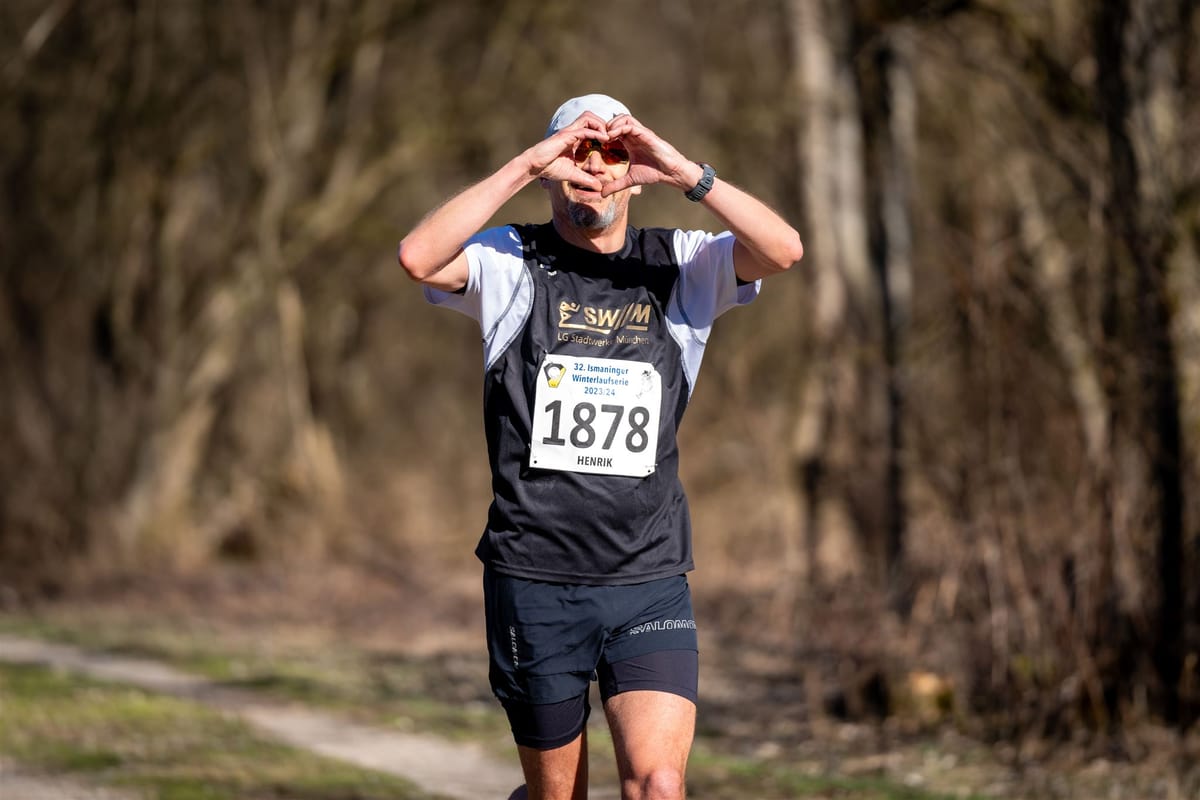Running Watch-less
On running without feedback from the watch and yet being able to get all the stats after the run.

The wonderful Mario Fraioli keeps repeating one advice for runners:
14. Run without a watch at least once a week—more often if you dare!
(from 41 life lessons for my 41st birthday)
But how on earth do you do that, in particular if you want all of your runs to be synced to your training platform of choice? You can’t really go entirely watch-less, can you?
All “if it’s not on Strava, it didn’t happen” aside, there are good reasons to still properly recording those sessions. Even an easy watch-less run has some TSS (Training Stress Score) to it, and your training platform might want to know about that. The way I see it, there are three ways to running watch-less:
Promise to yourself to not look
Start your watch as you normally would, and promise yourself to never look at the watch face. Bonus complication if you leave auto-lap alerts on so that you can test your willpower every kilometre (or mile) and not look at your watch, even if it beeps. I’m willing to bet that you will look at your pace or splits more often than a watch-less run warrants.
Put the watch in your back-pocket
Depending on the size of the watch and the availability of pockets in your pants/jacket/vest, start the watch as you normally would and toss it into one of said pockets. This option will work well in terms of not checking anything on the watch. It might turn out finicky if you need to pause your watch mid-run or stop it at the end of the run because you will have to fiddle with the pocket to get to the watch or get it out of the pocket.
Use a useless metric as the only data screen
On watches where you can modify the data screens which are displayed during the run, this third option might be the easiest. Modify your “run” data screen (or create a “Watch-less” profile, if your watch offers that functionality) and:
- Set it up to display one, and one only, screen with
- One, and one only, metric.
Now, the key is to choose a metric that is entirely meaningless and not connected to your pace or splits in any way. Things that come to mind are: temperature, sun-rise, compass heading, battery level, …, you get the idea.
If you want to keep auto-lap switched on, you have to make sure that you change the lap alert field to something useless as well, or switch auto-lap off to not get tempted to look at data.
To come back to the earlier quote, I don’t run watch-less once a week. I should, though, because Mario is right. But I did run a race without a watch the other day. Wait, what? Yes, to get a better feel for effort and paces without looking at the watch, I used the third option (useless metric) in my most recent half-marathon race. It’s quite the experience to just push, push, push, with the only available feedback being your RPE (rate of perceived exertion). The result? A 1:45 minute positive split (40:55 vs. 41:35 for 10 km and 20 km, respectively) and a really decent final time. Most importantly, though, I am one step closer to trusting my legs and gauging my RPE correctly.
